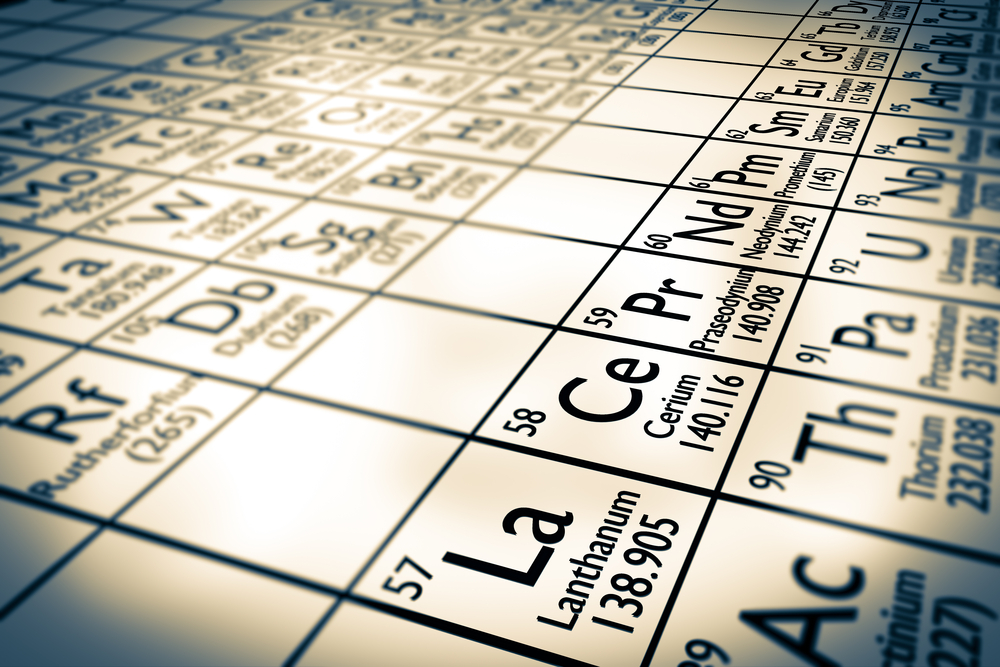
Scientists at the U.S. Department of Energy’s Ames Laboratory have discovered an earlier unknown discontinuous magnetoelastic transition in a rare-earth intermetallic. The mechanism of the material’s changing magnetic state is so unusual, it provides new possibilities for discovery of similar materials.
Materials that possess magnetoelastic phase transitions are highly sought after for a number of developing technologies, including caloric heating and cooling systems. Materials that display this property are rare, and are thought to be exclusively transition metal-based.
But the Ames Laboratory research group found that a rare earth compound made of Europium and Indium, Eu2In, displayed a startlingly sharp magnetic phase transition accompanied with a giant magnetocaloric effect (change in temperature) and no hysteresis.
“This was a very surprising result and one of the least expected places to find such a phenomenon,” said Yaroslav Mudryk, an Ames Laboratory scientist. “So this represents the first example of what potentially may become a new class of materials.”
“The magnetic phase transition can be explained by an unusual exchange of electrons between the two elements in the compound, with Indium electronic states overlapping with those of Europium,” said Durga Paudyal, an Ames Laboratory scientist.
“Now that we have seen this mechanism and are able to explain how it works, we can use this knowledge to look for similar but better materials, one that can be used in future applications like magnetic refrigeration,” said Vitalij Pecharsky, Ames Laboratory scientist and Distinguished Professor of Materials Science and Engineering at Iowa State University.
The research is further discussed in the paper, “Non-hysteretic first-order phase transition with large latent heat and giant low-field magnetocaloric effect,” authored by F. Guillou, A.K. Pathak, D. Paudyal, Y. Mudryk, F. Wilhelm, A. Rogalev, and V.K. Pecharsky; and published in Nature Communications.
X-ray absorption and magnetic circular dichroism experiments were carried out at the ID12 beamline of the European Synchrotron Radiation Facility, ESRF, France.




